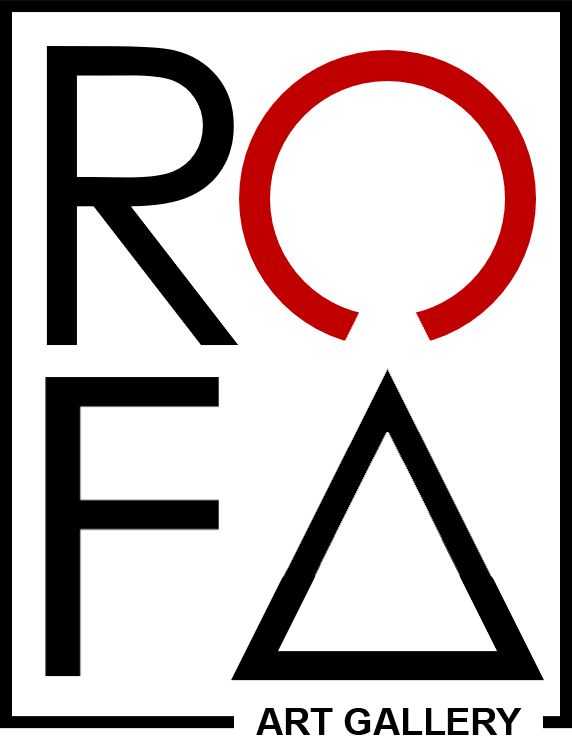Selma Guisande
Selma Guisande, is a multidisciplinary visual artist, as a child she experienced the political persecution of the 70's after the arrival of her father in Mexico as a political exile from the Uruguayan dictatorship. Solidarity to raise funds and send them to political prisoners in Uruguay filled Guisande's imagination while he attended mass barbecues with songs and banners. In parallel, he built large installations moving materials that he found in his parents' sewing workshop.
Among other explorations, it is as a result of these experiences that his work focuses on interpersonal bonds and the connection they establish with the political, social and territorial context.
Starting from the idea of presence, memory and bond, his proposal appropriates photographic archives that he later redefines as sculptures, installations, objects or drawings, contrasting them with other media.
A nomad by birth, when he finished university he migrated to the city of Oaxaca where he developed a large part of his work. By working with artisans from different areas of the state, he enriches the diversity of materials he uses while still moving through photographic image and drawing.
The work New landscapes is part of the Shadow and copy project carried out with the scholarship of the National System of Art Creators (México) 2018 - 2021 in which I sought to do research on collective memory, our relationship with nature and how media culture permeates our imaginary. . This "domesticated landscape" made of ceramics and photocopies, shows the image of an artificial lake somewhere in Bajío, Mexico, as well as some giant letters (the same as many we see today throughout the country), a double exposure of the appropriation of nature in relation to the economic and political system.
Very recently, the entire country has been filled with these giant letters that have displaced the natural, historical and cultural monuments that previously gave identity to a demarcation, people even line up to get an image in front of a sign that more than describing a real place with all its nuances, it becomes a brand and a matter of status, the mediated paradise.
The work reproduces in plaster and resin the word paradise, a copy, of the copy, of the copy that is losing meaning and significance.




